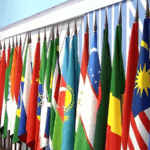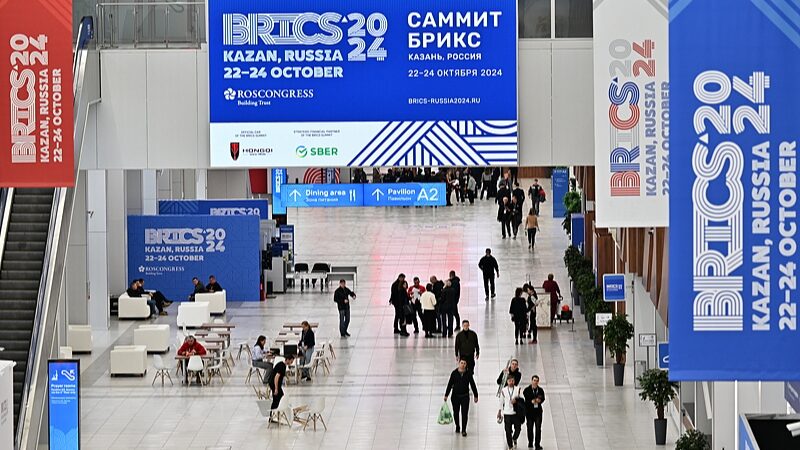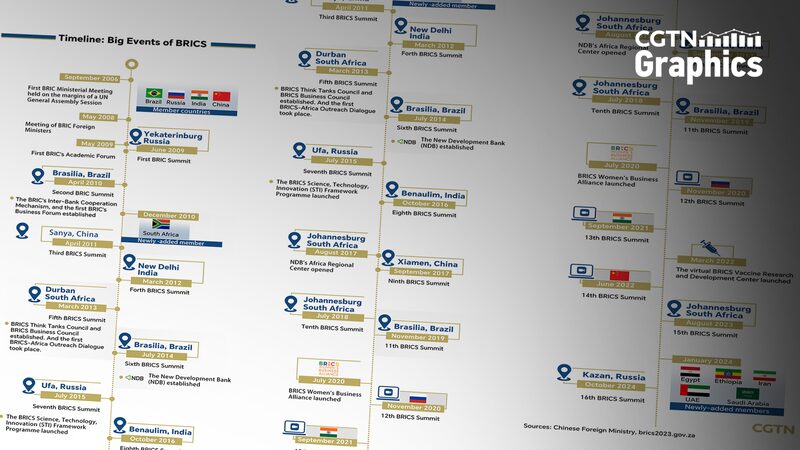Global South Takes Center Stage as BRICS Welcomes Five New Members
The BRICS bloc just leveled up! Saudi Arabia, the UAE, Egypt, Iran, and Ethiopia joined the group in January 2024, bringing fresh energy to this coalition of emerging economies. 🌟 With Russia steering the 2024 chairmanship, the expanded alliance is doubling down on reshaping global power dynamics—think TikTok trends but for geopolitics.
From ‘Fab Five’ to Power Ten
Originally launched in 2009 with Brazil, Russia, India, China, and South Africa, BRICS has always been about amplifying voices often drowned out by Western-led institutions. Now, with 10 members representing over 40% of the world’s population, the bloc is pushing for a multipolar world where diversity isn’t just a buzzword—it’s strategy.
Why This Expansion Matters
New members = new superpowers. Saudi Arabia and the UAE bring oil clout, Egypt adds African influence, Iran offers regional leverage, and Ethiopia strengthens East African ties. Together, they’re crafting a playbook for fairer trade, tech collaboration, and climate action. 💡
Russia’s 2024 Vision: Unity Over Uniformity
President Vladimir Putin is spotlighting BRICS’ ‘sovereign equality’ mantra, focusing on three key areas: security, economic partnerships, and cultural exchanges. Over 200 events—from tech summits to climate talks—are planned across Russia this year, with invites to 30+ ‘partner countries’ eager to join the conversation. 🤝
Critics vs. Optimists
While skeptics warn of geopolitical friction, BRICS insists harmony is the goal. As Putin puts it, the expansion proves the bloc’s growing influence. From launching a new currency discussion to tackling food security, BRICS 2.0 is betting on collaboration to rewrite the rules. 🚀
Reference(s):
BRICS expansion: Harmonious chorus or discordant note in geopolitics?
cgtn.com





